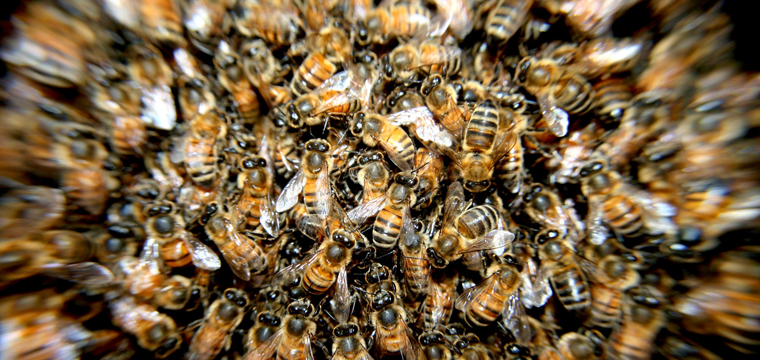Whenever people see a yellow stripe insect, we tend to be scared and run away or find ways to kill it. Bees are not very friendly insects. They have big black eyes, a long wide breathing hole and six long legs. That is the basic shape of all bees. The difference to classify them is their venom, color and habitat. Also, bees seem to like chasing and sting you. However, that only happens when they are disturbed. In almost situations, bees will leave you alone as long as you give them privacy. Bees maybe terrifying insects. But in other perspective, they are beautiful creatures love plants. Believe or not, bees have a lot of benefits and they are hard-working creatures. In this content, we only mention the benefits of bees in agriculture.
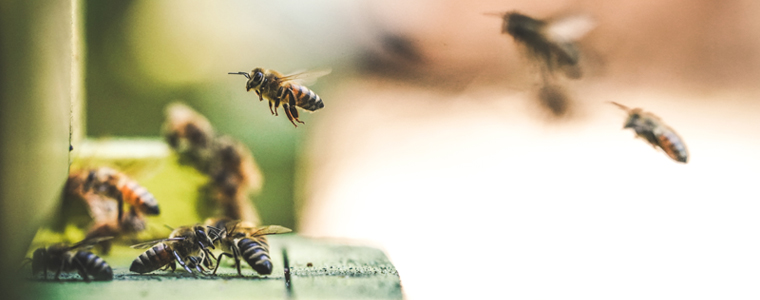
The role of bees in agriculture
The products from bees that are exploited by human are honey, beeswax, pollen, royal jelly,…
In addition, bees are also beneficial for pollinating crops. Thanks to them, many plants are pollinated, increasing the likelihood of fructification.
On the other hand, bees are natural enemy in farm models which have the ability to kill pests, help replace the use of pesticides in agriculture.

The ability of bees in nature
Pollination for plants
Plants often rely on wind and insects for successful pollination.
Apart from pollinators for plants such as butterflies and beetles, bees are considered as the main pollinating insects for plants.
There are many types of bees that support pollination for crops such as: Bumble bee, carpenter-bee, sweat bee, mason bee, polyester bee, pumpkin bee,… Each of these bees have different behaviors but have in common that all living mainly on the nectar and pollen of plants. Depending on the type of tree with different colors and scents that attract different types of bees to pollinate.
Pollination for trees is a very natural behavior of every bee when it comes to flowers to suck honey and get pollen. While snuggling into the pistil to collect nectar or gathering pollen grains, the bee inadvertently carried seeds on its body, on its feet, on its wings, and brought it to other flowers. Those pollen fall into the other pistil, making touch with the pollen and the pistil tip.

Pollination for female flowers to make fruits and seeds. Without pollination the number of flowers and fruits on the tree will not be much. Humans soon realized this feature so they have the idea of beekeeping to pollinate crops. It has also been found that when pollinated by bees, the crop has increased product quality, heavier seeds, bigger fruits and better quality.
Bees are potential natural enemies
Besides the ability to pollinate crops, bees also have killer characteristics and are potential candidates of natural enemies in agriculture. Some kinds of bees become natural enemies because of their insect-feeding behavior. Therefore, they are eliminating many pests and contributing to the limited use of chemicals in farming.

Some kinds of the bees are: larva parasite bee, lantern parasitic bee, giant hornet, ichneumon, small cocoon parasites, leaf-rolling cocoons, bees parasitic ants,… Each of the above parasitic bees will parasitize on a different harmful insect.
Charops brachypterum
They parasitize by thrusting the oviduct into the rice stalk and laying eggs near the worm larva. They bite the worm body and eat the fluid of the worm.
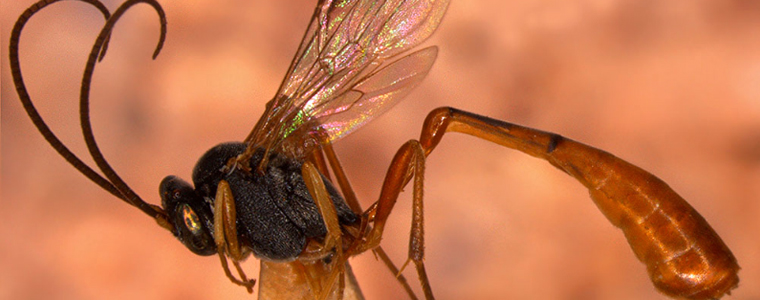
The giant hornet
They paralyze the prey by injecting its toxin into it and laying eggs in the prey’s body so that the bee larvae will eat the prey’s flesh and live in the prey’s belly for 35 days to form into another shape.

Ichneumon
This bee specializes in solitary hunting, they hunt mostly in wet rice fields. Bees look for caterpillars that hide on leaf or in rice stalks. They parasitize rice leaf folder worm, Rivula atimeta worms, Chilo suppressalis, canker-worm.
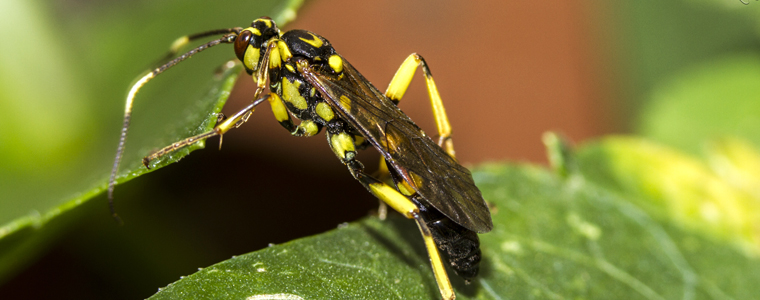
How to induce native bees to grow in your garden?
Planting flowers blooming all year round
Bees collect honey and nectar for life, so they cannot wait until your orchards bloom, so they will leave when flowers are not found in your garden. So grow flowers that blooming all year round to attract bees. In addition, flowers will help attract other beneficial insects into the garden, limiting the attack of harmful insects.
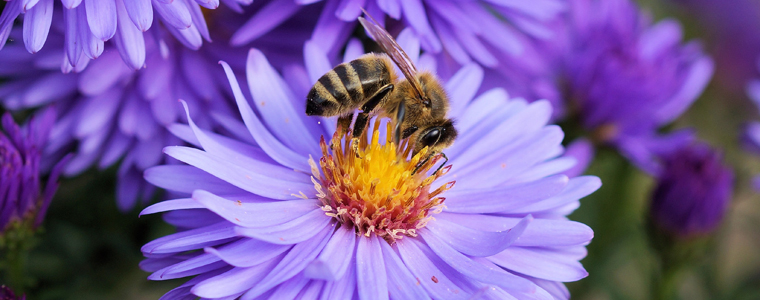
Limit the use of chemical pesticides.
Using chemical drugs to treat insects that harm the crop will kill the bees at the same time. If you want to grow indigenous bee populations you must not touch chemicals, you can replace them with Biopesticide that don’t affect bees.

Planting grass in your garden
Some fragrant grass-blooming flowers provide a good source of nectar and pollen, the variety of flowers will attract bees to pollination.




